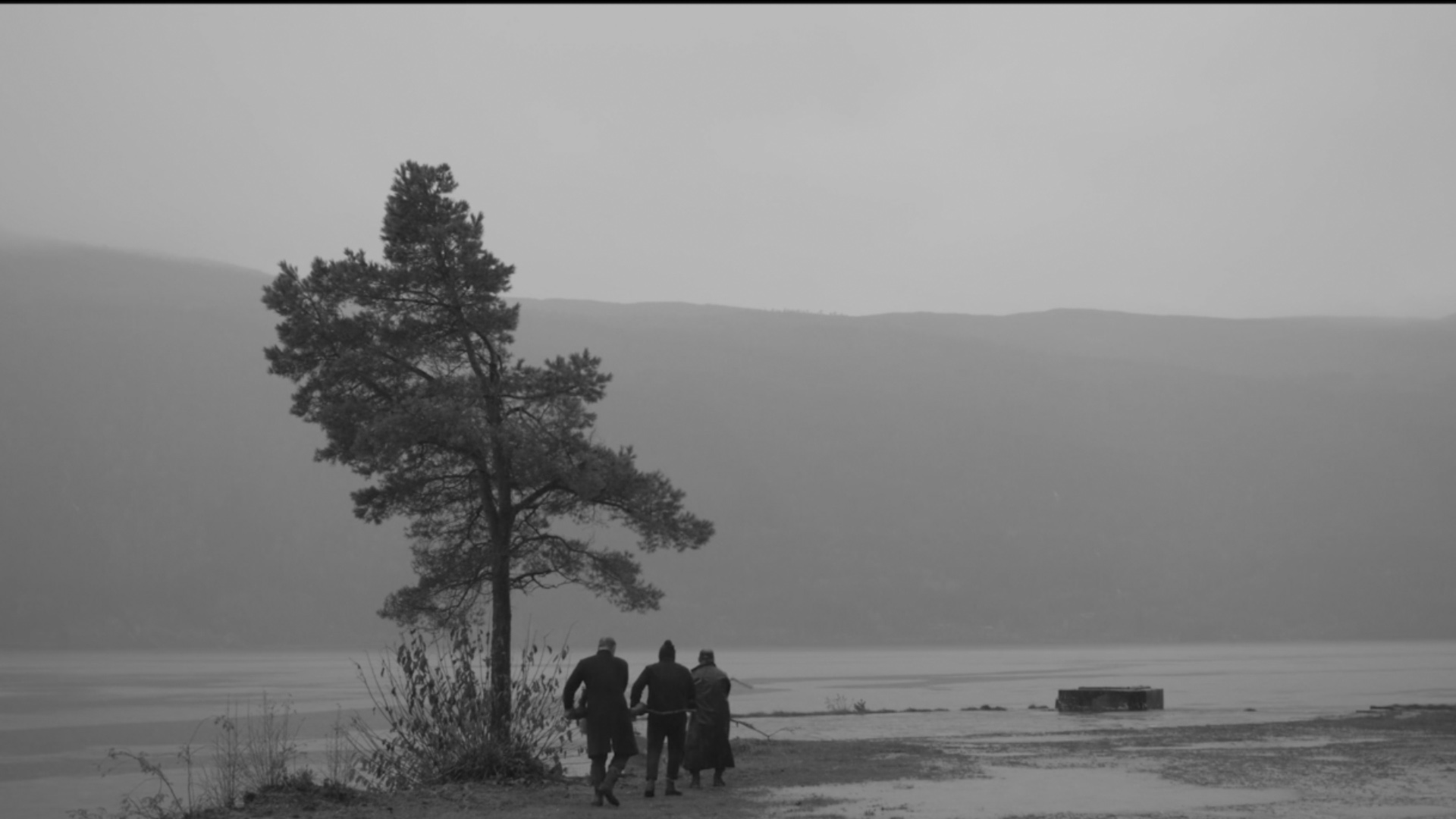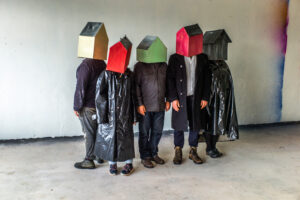Your experimental short film creates an odd dialogue between the town and the surrounding landscape. Can you elaborate on how you approached the visual and auditory elements to create this intriguing juxtaposition between the two?
The visual and auditory elements of the film are constructed in such a way as to highlight the almost oneiric and fragmented aspects that emerge from the dialogue between town and natural landscape, building around an invisible connection between the two. The film reflects our experiences of placing ourselves at various perspective points between town and surrounding landscape and listening for fragments of stories, narratives, and dreams that emerge from the seams and faultlines. This dialogue is patchy, it emerges in brief snatches; moments where the dots can be joined in many different ways to form varying pictures and images. We wanted to reflect that experience through the film itself, its auditory, performative and visual elements. The title of the film refers to this process, carrying an implication of an endless string of overheard scenes, subtly changing their form as they are translated again and again, whilst a single true yet unknown story sits beneath.
Norway, known for its stunning landscapes, served as the backdrop for your film. How did the natural surroundings contribute to the overall atmosphere and thematic exploration in the short film?
The landscape, scenery and atmosphere were active elements of each scene. We treated them as the central character in each scene, with our performances serving to delineate certain curves, depths or subtle aspects of each landscape. There was a strong influence of landscape painting, especially the work of Paul Nash, with its interplay between the figure of the landscape and the human figure through echoes and hints of movement. Our gestures within each scene reflected invisible elements already present in the landscape, almost as the imagined or dreamlike projections of the town itself. There is also a phenomenological aspect to the natural landscape, it is hugely evocative, but there is uncertainty about where the human body fits into these places. This forms a key part of a towns relationship with its surrounding nature, it is a play with scale, body, topography and landscape, both physically and psychically.
Experimental films often challenge traditional storytelling and cinematic conventions. In what ways did you push boundaries and experiment with the narrative structure or visual techniques to enhance the viewer’s experience?
One of the key elements to us was the ideas of play and the accidental. Our process involved creating a situation where the freedom of play and experimentation with movement/image could not only occur, but translate to the screen. For Scenes, Overheard we experimented with imposing a set of rules from other sources, that we could operate within unfettered by the conventions we brought with us. We found key inspiration for these rules within some aspects of early silent film, such as the scene geometry (and limitations) used by Buster Keaton to create moments where the actor is often pitted against the structure of the frame (be it up/down, left/right or vertical), or the embodiment of absence found with Harry Langdon, where the actor’s performance does it’s best to minimise his presence within the scene. We also drew inspiration from some theatrical techniques to structure our ruleset, such as the notion of Jo/Ha/Kyu; the constantly repeating rhythm of beginning/middle/ending outlined in the work of Yoshi Oida. In these ways we were able to play as performers, but also with the notion of the cinematic eye as a static participant.
Sound design plays a crucial role in experimental films. Can you discuss the creative decisions behind the audio elements in your short film and how they complemented the visual storytelling?
Each of the soundscapes in the film were constructed to evoke the sense of place we experienced when we were there. There is a kind of stillness that exists within the landscapes of Surnedal, although things are happening around you it all blends into a kind of meaningful placidness, whilst also reminding you of nature’s constant overwhelming presence. We wanted the sonic landscapes of the film to reflect this.
Lastly, The Parlour Collective has a rich background in producing shows in unique historical locations. How did this collective’s experience and perspective inform your approach as a director for this experimental short film?
We viewed the creation of this film as a way of extending the ethos of Parlour Collective into new territories. Previous Parlour Collective shows have been focussed on a liveness and immediacy, aiming to highlight a fleeting moment of uncanny life to the locations they take place in. This often takes on an almost dreamlike quality, when the event is over the audience is not entirely sure what they have experienced, and it remains locked in a hazy, haunting recollection. Part of our aim with the film was to see how these elements could be translated to a medium that remains once the performers have gone, a kind of reversal. Also, as with the shows, we wished to capture the ethereal and ineffable aspects of location through the medium of film. Our approach to the directing/creating this film was informed by this drive to experiment with ways of translating the experiences of previous shows to this new (to us) medium of film.




